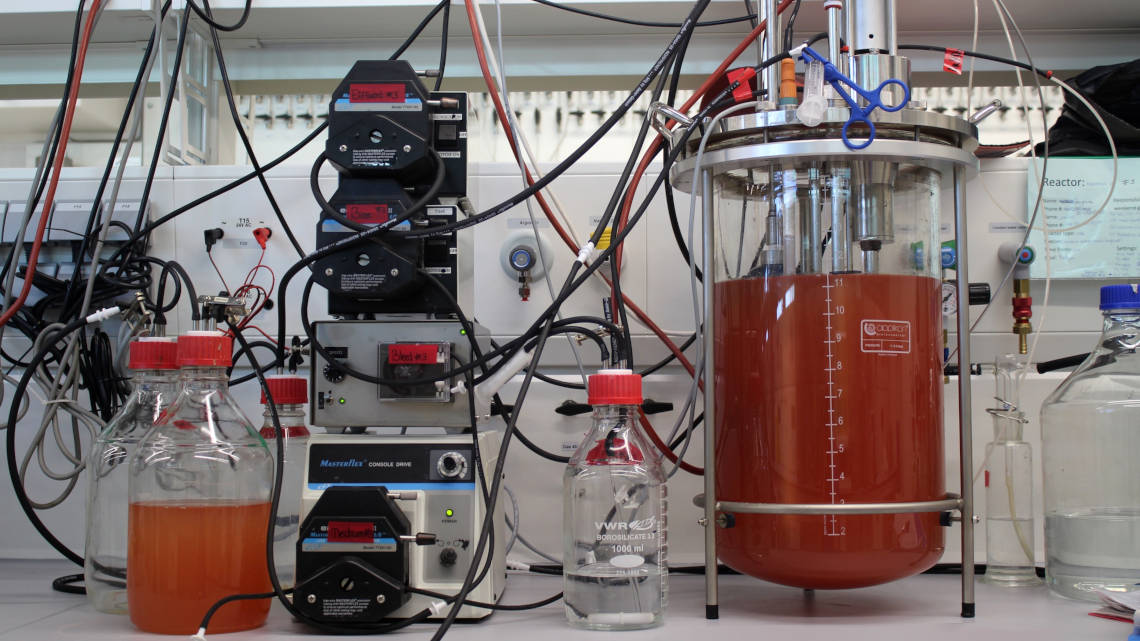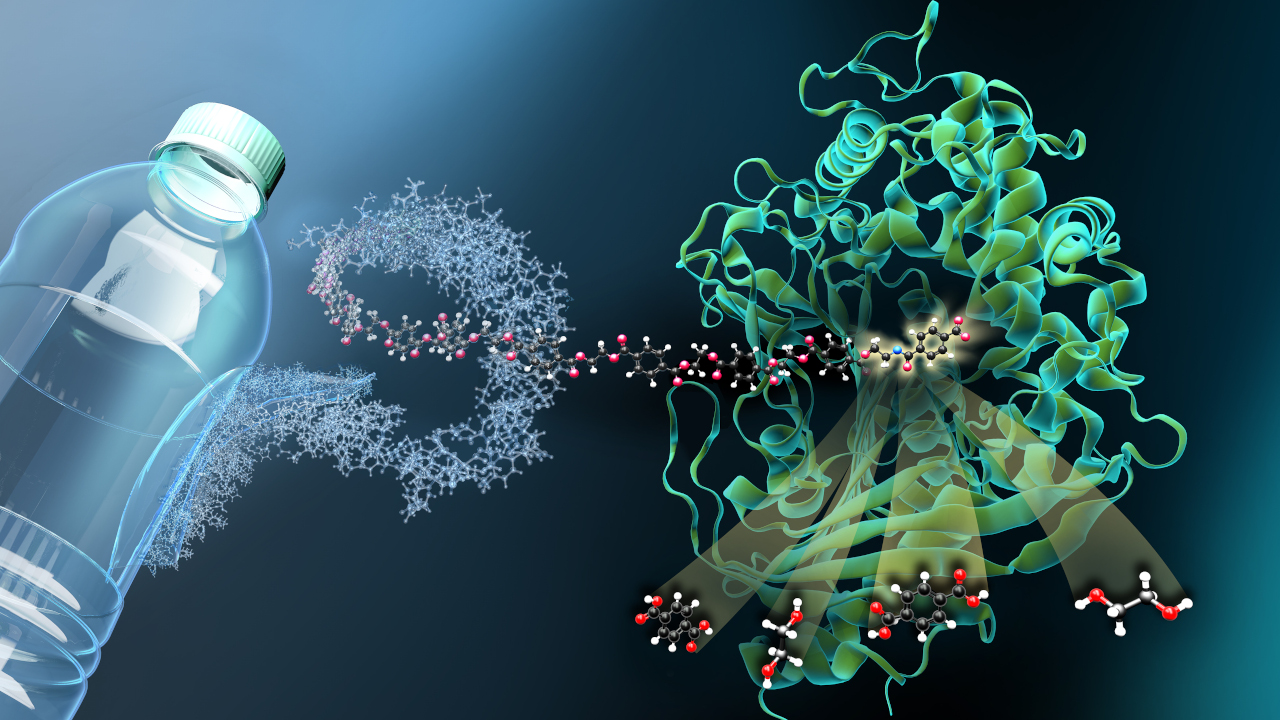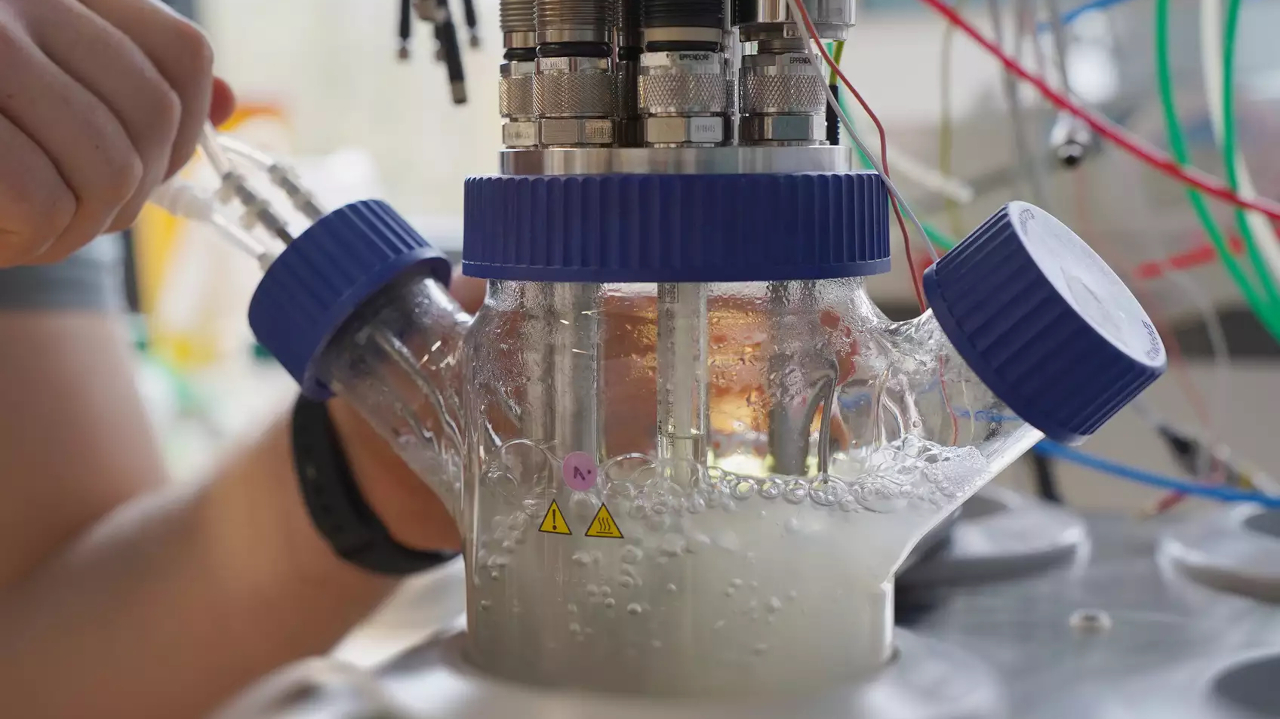Microbe thrives on nitric oxide
Researchers at the Max Planck Institute for Marine Microbiology in Bremen have for the first time discovered microorganisms that need the toxic gas to grow.

“Anammox, a globally important microbial process of the nitrogen cycle relevant for the earth’s climate, does not work the way we assumed it did.” With these words, Boran Kartal from the Max Planck Institute for Marine Microbiology in Bremen sums up a surprising discovery by the microbiologists: Together with colleagues, the Bremen researchers have for the first time discovered an anaerobic ammonium-oxidizing (short: "Anammox") bacterium that uses nitric oxide ("NO") to grow. If such bacteria were widespread, it could change our understanding of the global nitrogen cycle and be relevant for climate models.
Impact on climate and ozone layer
Nitric oxide is harmful to many organisms, it attacks the ozone layer, and it is a precursor of nitrous oxide (N2O), a significant greenhouse gas. At the same time, NO is a very reactive and energy-rich gas that has existed since the early days of the Earth. Microbiologists have therefore been surprised that no microbe has been discovered that uses this molecule for its growth. Only microorganisms that convert NO into nitrous oxide are known.
Kuenenia stuttgartiensis forms molecular nitrogen
In the specialist journal "Nature Communications", the Max Planck researchers and scientists from the Dutch University of Radboud now report on the anammox bacterium Kuenenia stuttgartiensis, which actually needs nitric oxide to live. If no nitrite is available for the microorganism, it couples the oxidation of ammonium to the reduction of nitrogen monoxide and thus produces molecular nitrogen (N2). In contrast to nitrous oxide, N2 is harmless to health, the climate and the ozone layer. Because this reaction results in less NO being available to be converted into nitrous oxide, these bacteria reduce the number of molecules that warm the climate.
Search for organisms with the same ability
"Our work is interesting in understanding how anammox bacteria can regulate N2O and NO emissions from natural and man-made ecosystems, such as wastewater treatment plants, where these microorganisms contribute significantly to N2-release to the atmosphere," Kartal explains the relevance of the discovery. Since anammox bacteria can be found all over the world, "in this sense, the anammox microbes growing on nitric oxide could also be basically everywhere". The search for them is next on the agendy of the microbiologist and his group.
bl/um


